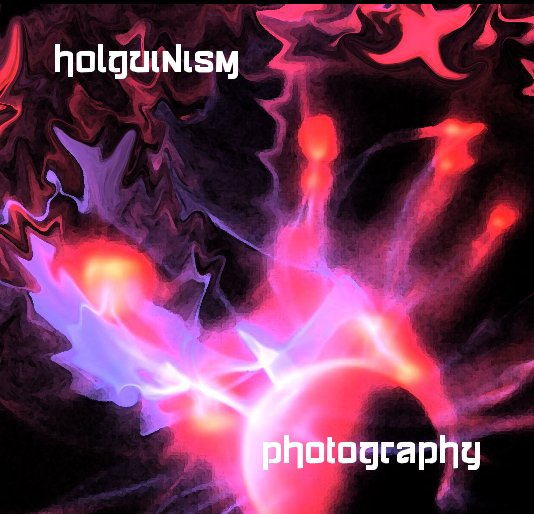HOLGUINISM PHOTOGRAPHY
The Life and Times Of HOLGUINISM
de Ivan Lopez
Voici le prix vu par vos clients. Éditer la liste des prix
À propos du livre
There’s a very good reason behind Colombian photographer Ivan Lopez’s decision to use Holguinism as a fictional artist name. Located in Valle de Cauca, Holguin is a pueblo with no stop lights, two cantinas, one church and one brothel; this town is the birthplace of the artist—and that of many generations before him.
Holguinism defines life as living art, the world a blank canvas. “If we break the routine of our everyday lives,” he says, “this world is truly a working canvas and we deserve to paint our own masterpieces.”
His passion for photography started in childhood, when he discovered an utter joy documenting his surroundings with a camera. In the early 90’s, the advent of the digital camera coincided with his interest in photographing the alternative/punk scene. By 2006, his life almost revolved exclusively around photography; he traveled through Europe (the Netherlands, France, Spain, Switzerland, and Italy) and South America, interpreting and creating his vision with his lens and digital brush. His main mediums became canvas prints, digital prints, even wall rugs and puzzles. “I would like to be remembered as a photographer who pushed the boundaries of photography into a new form of Digital Art,” says Holguinism who enjoys the never ending hunt for the perfect image.
Holguinism is presently working on his second photography and digital art book. Click here for a preview. Some of his personal favorite photos include “The Boys of Riomaggiore” taken in Cinq Terre Riomaggiore, Italy, “Soy de La Victoria” capturing the essence of small pueblo life, and “Los Areneros de la Victoria” dedicated to the hard workers of La Victoria who use their mules and horses daily to pull sand, digging and diving from the shores into the Rio Cauca.
Another beautiful piece is “Los Baños de Dona María Padilla." Holguinism tells us about the legend surrounding the Baths of Lady María de Padilla, rainwater tanks beneath the Patio del Crucero. When Peter the Cruel fell in love with María de Padilla and killed her husband, María resisted his advances and poured boiling oil over her face, knowing that her disfigurement woul put an end to Peter's pursuit. She later moved into a convent to become a nun and is regarded as a symbol of purity in the culture of Seville.
Make sure to take a look at the “Alumbrados Medellin,” an amazing spectacle of lights and water that starts the holiday season in Medellin, Colombia, every year. "Indigenous Cotton Candy," taken in the park La Union, Colombia, is another must see.
Michele-Jessica Fievre
À propos du créateur
Holguinism: the hunt for the perfect image There’s a very good reason behind Colombian photographer Ivan Lopez’s decision to use Holguinism as a fictional artist name. Located in Valle de Cauca, Holguin is a pueblo with no stop lights, two cantinas, one church and one brothel; this town is the birthplace of the artist—and that of many generations before him. Holguinism defines life as living art, the world a blank canvas. “If we break the routine of our everyday lives,” he says, “this world is truly a working canvas and we deserve to paint our own masterpieces.” His passion for photography started in childhood, when he discovered an utter joy documenting his surroundings with a camera. In the early 90’s, the advent of the digital camera coincided with his interest in photographing the alternative/punk scene. By 2006, his life almost revolved exclusively around photography; he traveled through Europe (the Netherlands, France, Spain, Switzerland, and Italy) and South America.


